Description
Natural Language Processing (NLP) is one of the most fascinating and influential areas of artificial intelligence at a time when it is revolutionizing businesses, changing human experiences, and creating new opportunities. Fundamentally, NLP makes it possible for robots to comprehend, interpret, and produce human language— a feat that appeared almost impossible just a few decades ago. Whether we’re speaking with voice assistants, translating languages, summarizing papers, or even conversing with AI systems like this one, we utilize natural language processing (NLP) on a daily basis these days, often without even realizing it. The core of natural language processing is explored in this book. Its objective is to provide readers with the information and abilities necessary to comprehend and use language technology by introducing both the theoretical and practical aspects of the topic. This book offers a thorough introduction to the main ideas, techniques, and resources used in NLP today, regardless of whether you’re a student, researcher, or professional looking to increase your level of proficiency in AI. From the first rule-based methods to the potent deep learning models that now control the field, we will examine the development of NLP across the chapters. You’ll discover how computers interpret language, deal with issues like context and ambiguity, and carry out crucial functions like named entity identification, text categorization, machine translation, and sentiment analysis. We’ll also talk about the latest innovations, like generative AI and massive language models, that are expanding the realm of what machines can comprehend and produce. This book stresses the wider context in which these technologies are being used in addition to the technical components of natural language processing. NLP’s ethical ramifications will be discussed, including concerns about prejudice, justice, privacy, and abuse potential.
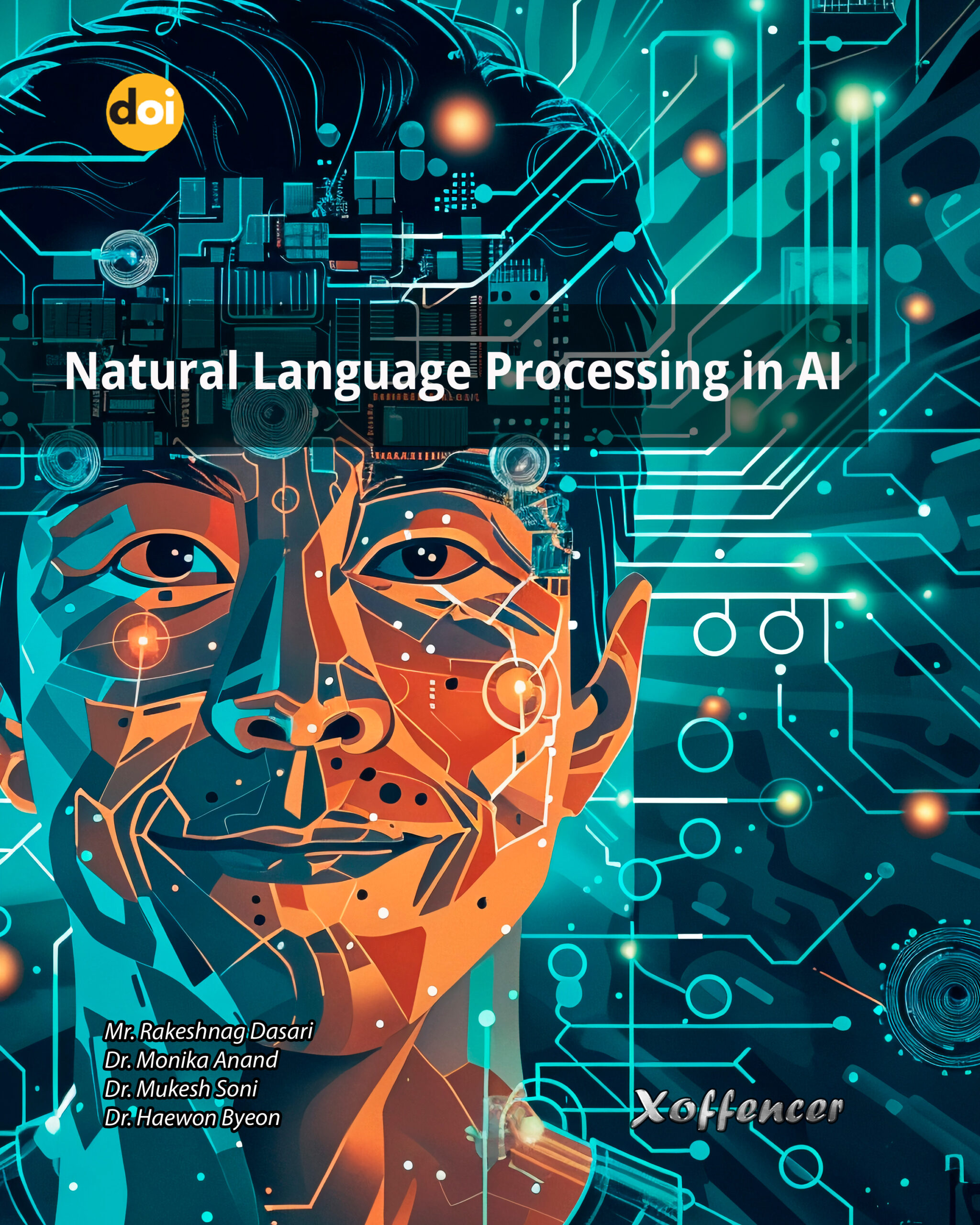

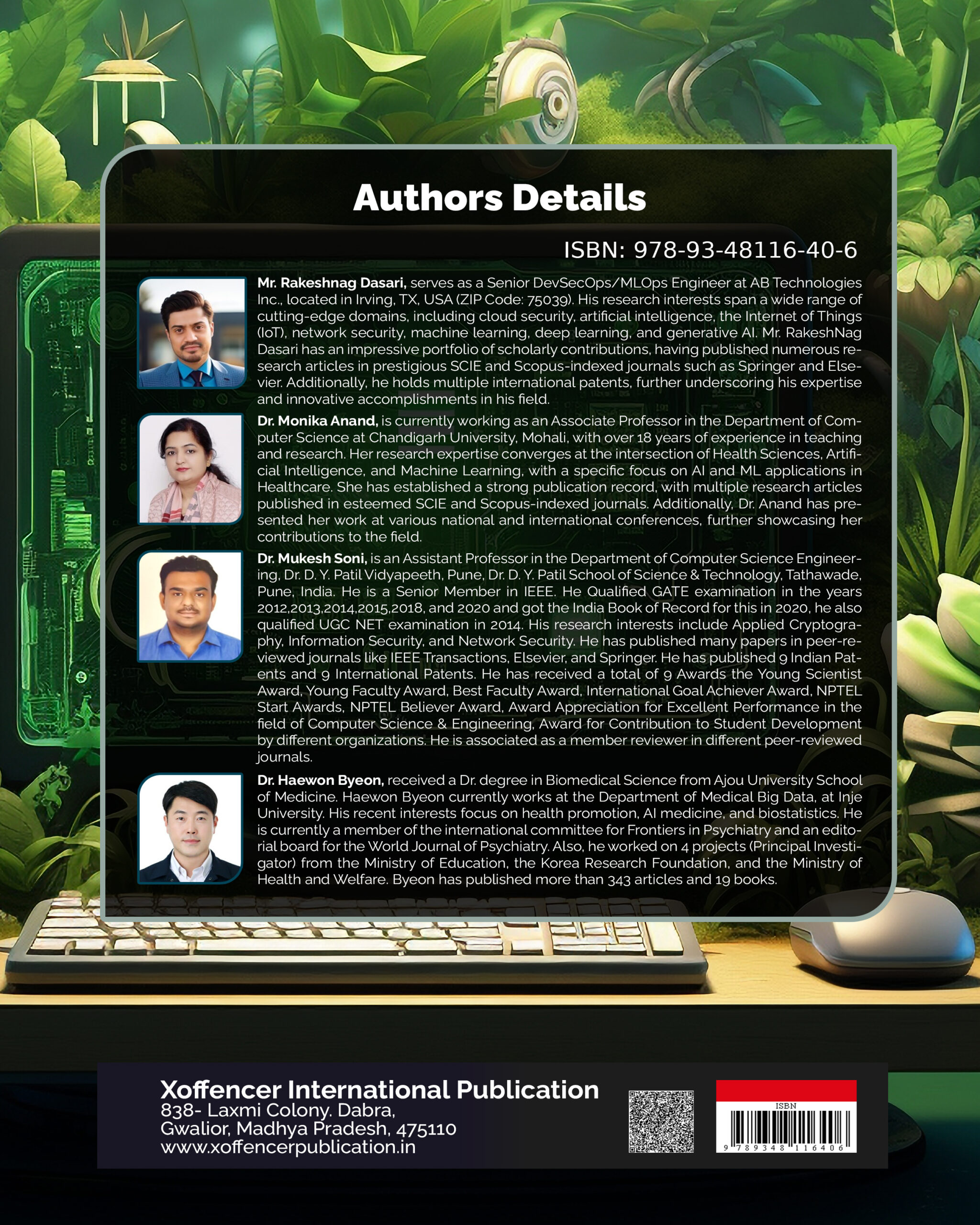
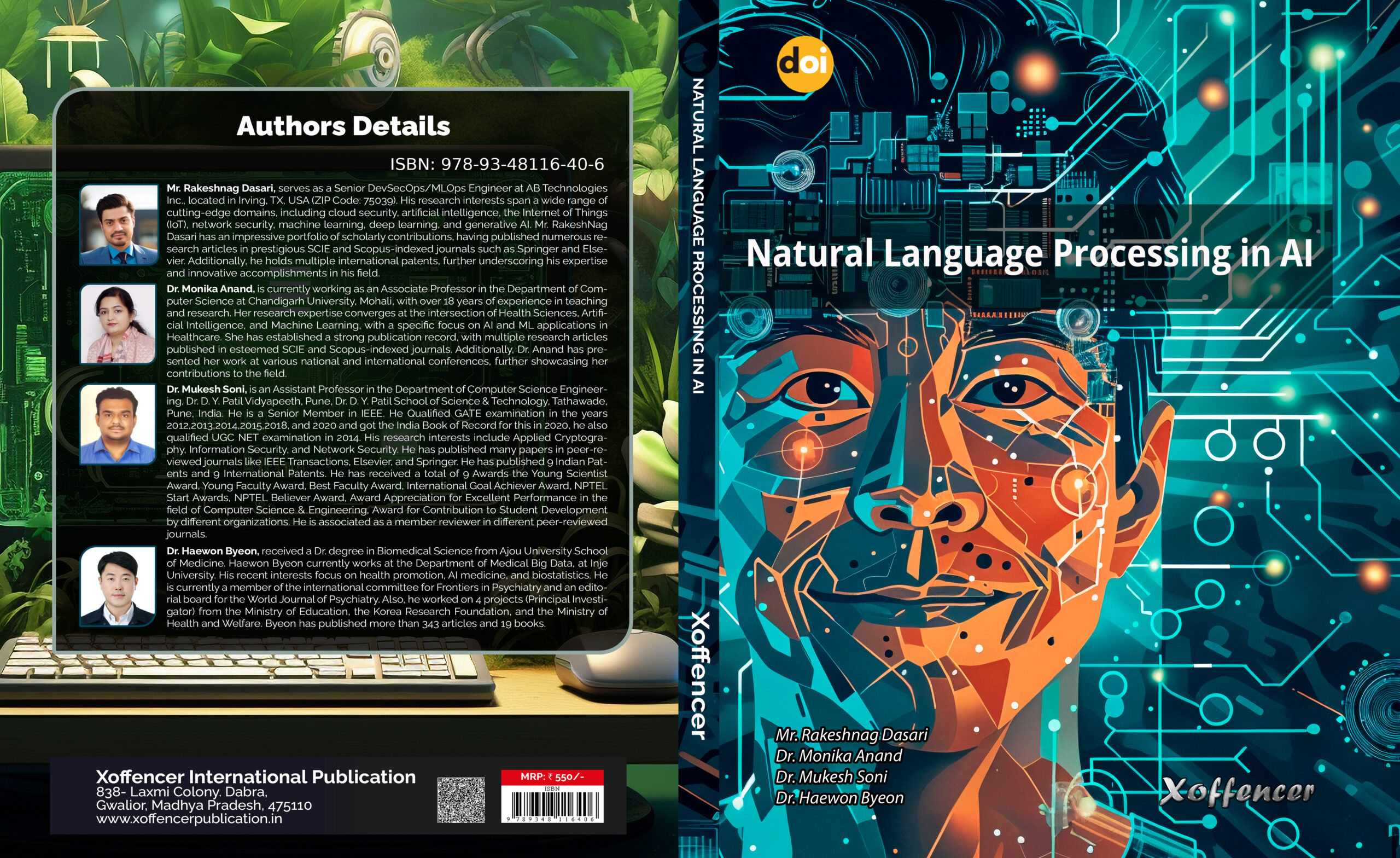

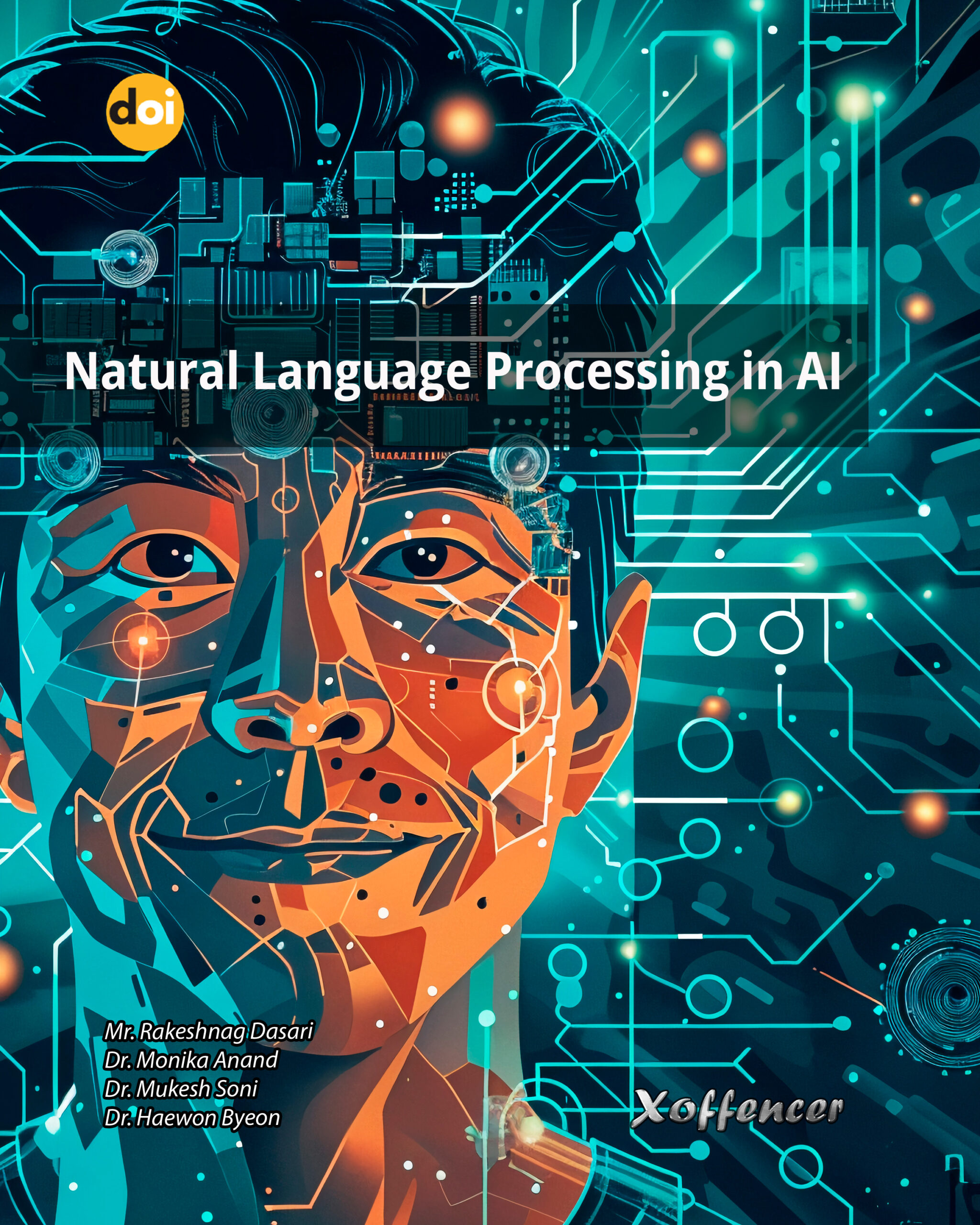




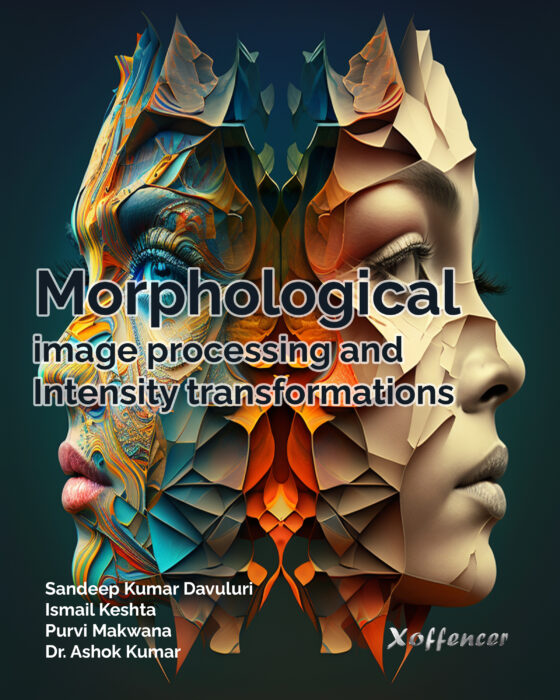

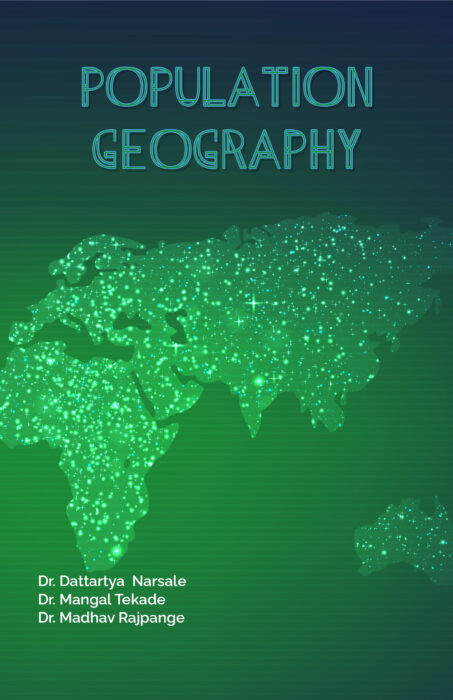
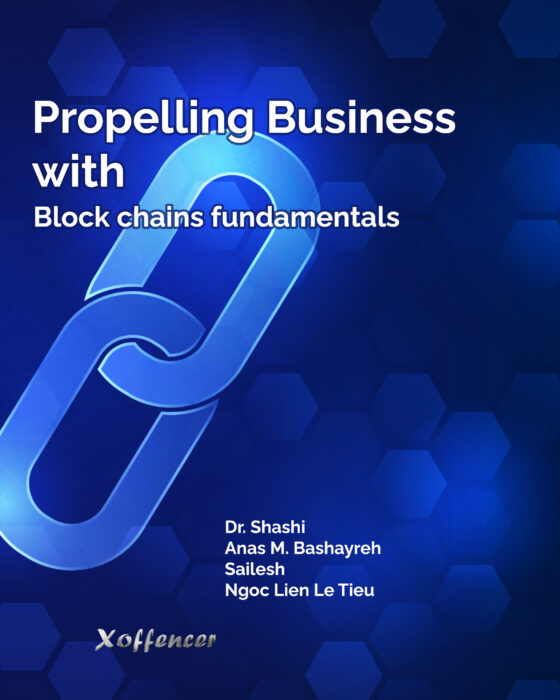
Reviews
There are no reviews yet.